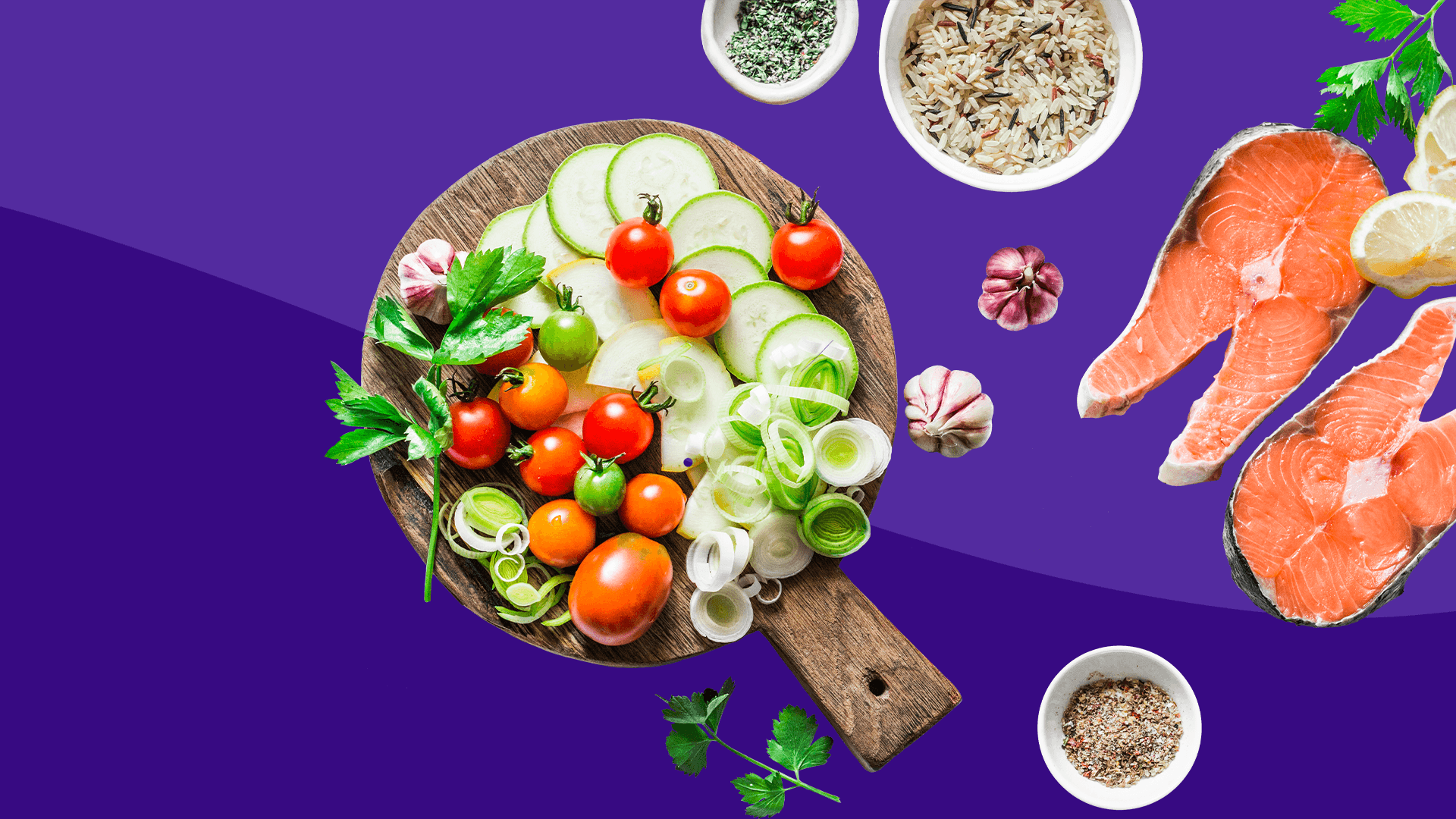Popular Black Aronia Berry Plant Characteristics – It Is Commonly Called Chokeberry
Introduction
Aronia berries (chokeberries) are native to the northeastern United States. Black Aronia berries are becoming popular because of their many health benefits. Aronia berry production is a major industry in Europe, where 1000s of acres are planted. The industry in the United States is in its infancy.
Characteristics of chokeberry plants
Black Chokeberry is a hardy plant producing abundant deep purple, almost black fruits in autumn. It is a late bloomer, producing its white blossoms after the threat of frost has passed in May. The white flowers are quite striking against the dark green of the leaves. As the name “chokeberry” implies they have an astringent tasting quality. It is believed that tannin is the main contributor to the astringency of the chokeberry. Since chokeberries are not very tasty on their own, they are rarely eaten as a whole fruit. Rather, they are perfect for wine or juice making and make good jams and jellies, syrups, and teas. Freezing the berries helps break down their astringency. If you add milk to your teas, the tannins attack the proteins in the milk rather than those in your mouth, and the taste is much less astringent. If Aronia juice is mixed half with a naturally sweet apple juice, no additional sugar will be needed.
Planting chokeberries
Chokeberry plants should be planted about 6 ft apart and with 12 ft spacing between rows. Dig the planting hole 4 times the width of the root ball and to a depth equal to the size of the root ball so it can be planted at the same depth in which it was growing. It can rapidly establish itself into the soil. Fill the hole with a mixture of mature compost and soil. Over time Chokeberry plants spread by rhizomes into colonies. The suckering tendency and self-planting nature of this bush results in the formation of a large colony within a few years.
Interesting things about Aronia:
1) They will start fruiting at 3 years but do not have an extensive yield until they are 5 or more years old when they will produce 20-30 pounds per bush (that is a lot of berries).
2) There are three most popular varieties, Viking, Nero, and Autumn Magic. Viking and Nero were developed primarily for fruit production and Autumn Magic was developed for its ornate value for the garden and for landscaping. Viking is the tallest of the three growing 4 to 8 ft or more in height. Nero grows 4 to 6 ft in height. Autumn Magic is shorter in height, growing about 4-5 feet tall. This makes them easily harvested. Growing Aronia berries as a cash crop is a viable future American Aronia growers.
3) The plants are highly pest and disease resistant. No fungicides, herbicides or pesticides, are needed for Aronia plants as Pests don’t attack them.
4) They can grow in most types of soils from acidic to basic.
5) It grows well in most soils and does well in clay soils and can tolerate a dry summer… It’s fibrous root system holds earth well and makes the plant useful for bank stabilization. The root system consists of a woody branching tap-root. It can be used as a shrub border or employed to control erosion on hillsides. Once established the Aronia is highly drought tolerant. It seems to be a tough plant, surviving weed competition on sandy loam soil though with little growth. Properly mulching an area lowers the soil temperature and decreases the loss of moisture due to evaporation. In addition to creating texture in the landscape, organic mulches decay and add nutrients to the soil.
6) This can be a very profitable crop. With 700 plants per acre producing an average of 20 lbs of fruit per plants will make a total production of 14,000 lb of Aronia berries per acre.
7) When fully ripe, the sugar content in Aronia berries is as high as it is in grapes or sweet cherries. They have a high acid content but are not bitter when fully ripe. It is important to not pick them until they are fully ripe. Berries should not be harvested until after they are fully ripe in late August or early September. Aronia berries can be harvested by hand or they can be mechanically harvested with a blueberry picker.
8) This could be a crop to help save small farms.
Summary
The industry in the United States is in its infancy. They can grow in most types of soils from acidic to basic. It grows well in most soils and does well in wet clay soils and can tolerate a dry summer. This can be a very profitable crop, with a total production of 14,000 lb of Aronia berries per acre.





